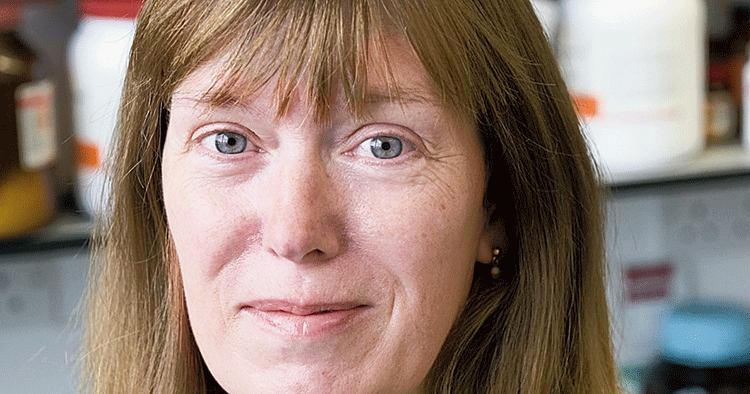For adults, play is a break from work. For children, play is life, and toys are the tools of early learning, often influencing their way of envisaging the future. A revealing study of more than 7,300 toys by the sociologist, Elizabeth Sweet, from the California State University discovered that gender-based toys from the 1920s onwards pushed the case for traditional labour roles: the “little homemaker” for girls and the “young man of industry” for boys. Ironically, Barbie — the original ‘influencer’ who set unrealistic standards of beauty for young girls long before Instagram filters came around — was conceived to challenge these stereotypes. An independent supermodel, Barbie was supposed to show girls that they could have a career other than home-making. Unfortunately, Barbie ended up conforming to damaging ideas of beauty, equating it with harmful body proportions and, tellingly, whiteness. But over the last few years, Mattel — the maker of Barbie — has shrewdly been giving its star doll a more inclusive, feminist makeover. From being the Malibu party girl she started her life as, Barbie is now a paleontologist, a computer engineer, a presidential candidate, an ace Japanese tennis player and, most recently, a vaccinologist. Sarah Gilbert, the scientist who designed the Oxford-AstraZeneca Covid vaccine, was chosen as a model by Mattel to pay tribute to women in STEM fields.
In spite of the problematic history of endorsing impossible beauty standards and sexist attitudes, Barbie may be just the doll for the job. She now comes in dizzyingly diverse and inclusive roles and avatars — wearing a hijab, with natural curly hair, in a wheelchair, and as a boxer, tractor driver and firefighter. Vaccinologist Barbie could indeed show girls everywhere that they can be whoever they want to be.
But she will need help. This is because the heavy lifting in the battle against gender discrimination will also have to be done by governments and policymakers. The reasons are there for all to see. Barbie is still classified as a ‘girl toy’. A 2018 survey found that in more than half the toy stores around the world, Barbies could be found stocked on the ‘pink aisles’ meant for girls along with kitchen sets, while the ‘blue aisles’ meant for boys showcased action figures, superheroes, guns — the links with violence are unmistakable — and cars. Another study, conducted in 2017, found that while most parents thought it was a good idea for girls to play with toys “associated with the opposite gender”, few thought that this was a good idea when it came to boys. Reading between the lines would suggest that traits stereotypically associated with men — such as strength, courage and leadership — are seen as desirable and something girls should aspire to, whereas those tied to femininity — such as vulnerability, emotion and caring — are frowned upon.
It is possible that Mattel brought out ‘gender-neutral’ toys in 2019 to remedy the malaise. But gender neutrality represents the absence of gender, not tolerance for a different gender expression. Emphasizing only the former devalues ‘femininity’ and those who express it. Breaking the silos that segregate gender can be a more potent lesson in inclusion.











